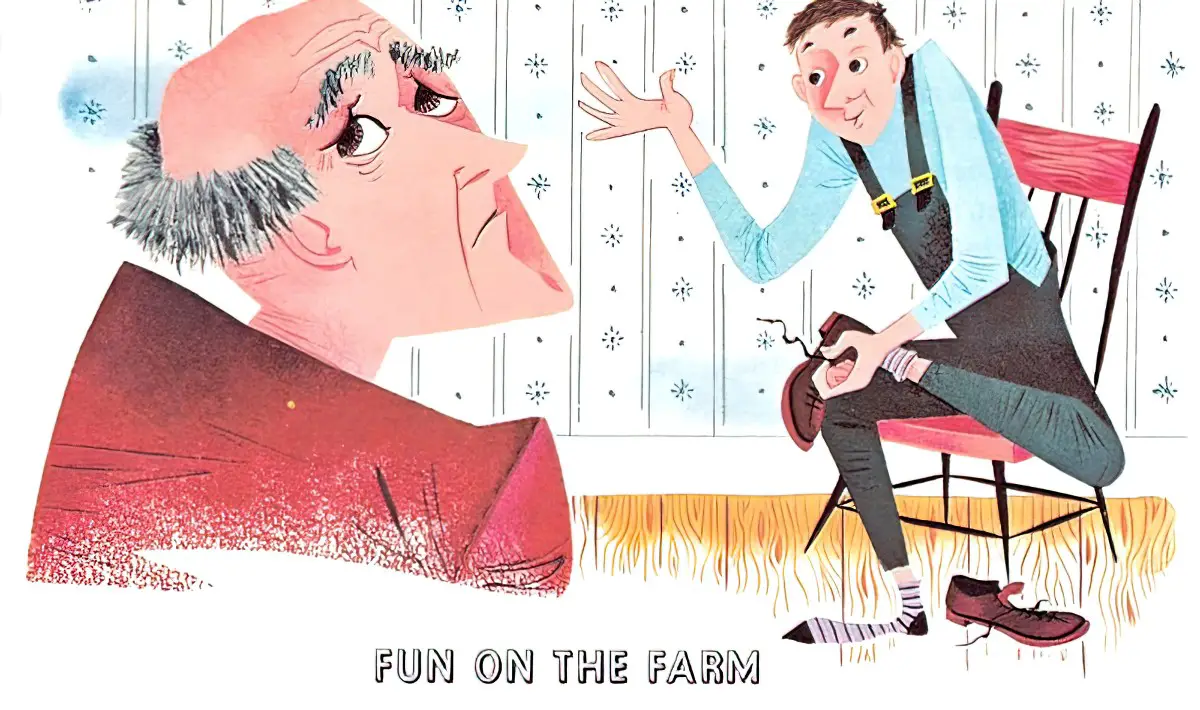PUNS
Puns are often simple wordplay for comedic or rhetorical effect.
DAD JOKES
Puns are at the heart of “Dad Jokes”, though in Dad Jokes, the “dad” generally pretends he doesn’t understand the speaker’s intended meaning. The Dad feigns stupidity, the Victim knows he’s only playing stupid, and the joke succeeds if it elicits a groan from the Victim.
The Victim: “I’m hungry.”
The Dad: “Hello, Hungry. Pleased to meet you.”
Both Victim and Dad understand that the victim needs to eat; the Dad pretends to believe the Victim’s name happens to be homophonous with the common adjective ‘hungry’.
A study published earlier this year found people enjoy puns more than most other types of jokes. The authors also suggested that if you groan in response to a pun, this can be a sign you enjoy the joke, rather than find it displeasing.
How ‘dad jokes’ may prepare your kids for a lifetime of embarrassment, according to psychology
This article also divides Dad Jokes into three categories:
- Tame Puns
- Anti-humour
- Weaponised anti-humour



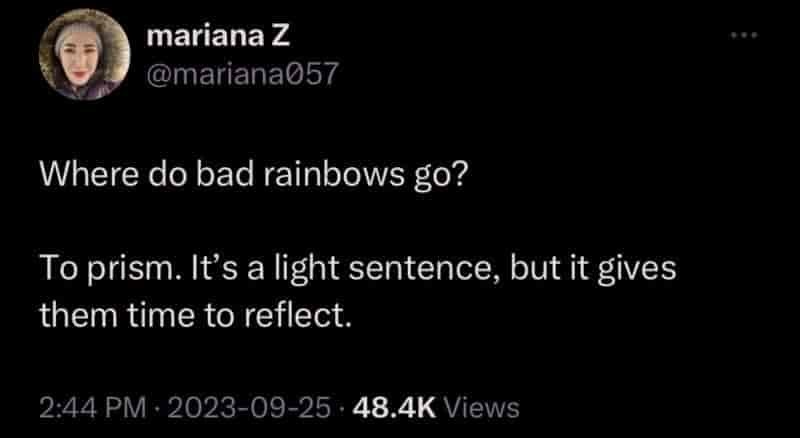
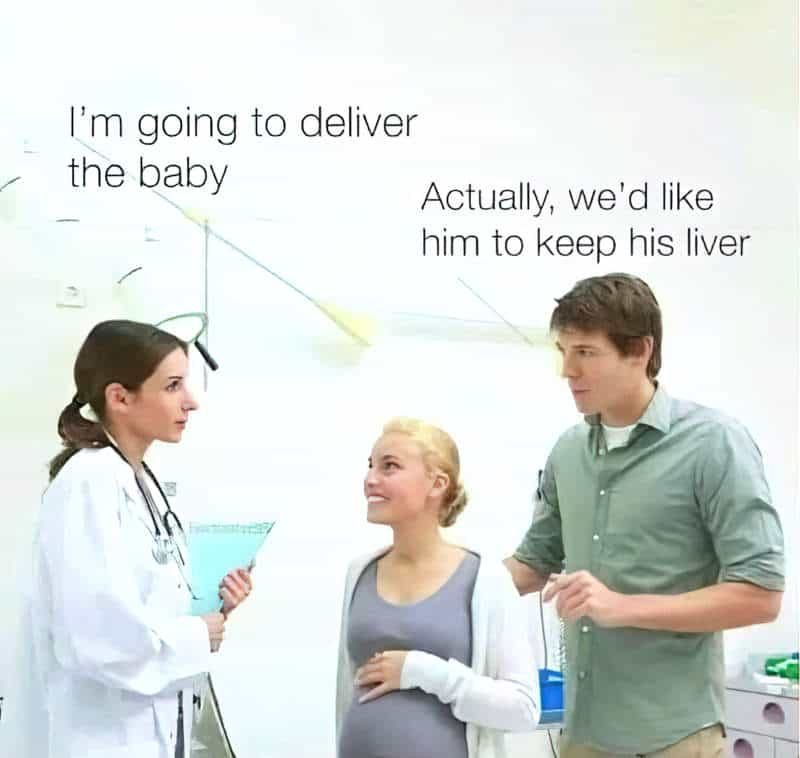
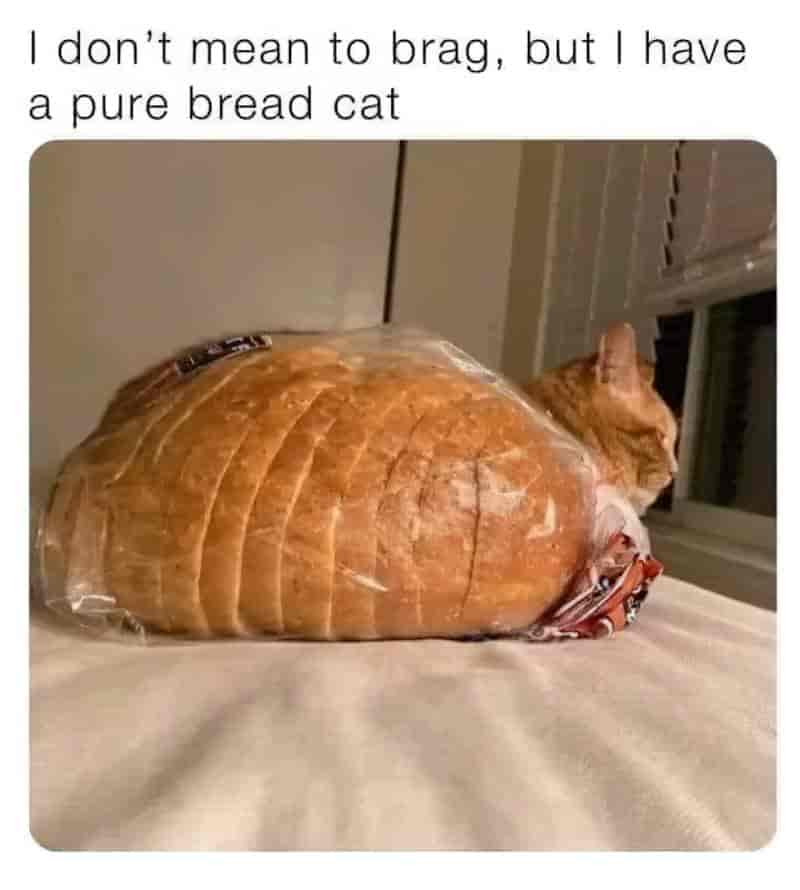
HOMOPHONOUS PUNS
A homophone refers to two words which have different meanings but which sound the same.
Did you hear about the man who tried to catch fog? He mist.
Why was King Arthur’s army too tired to fight? It had too many sleepless knights.
What do you get when two dinosaurs crash their cars? A T-Wrecks.
Cf. polyptoton
Polyptoton is the repetition of a root word in a variety of ways.
Your heart is full of unwashed socks, your soul is full of gunk, Mr. Grinch, The three words that best describe you are as follows, and I quote, “Stink, stank, stunk“!
“You’re a Mean One, Mr. Grinch” (song)
Divine Master, grant that I may not so much seek to be consoled as to console;
Prayer of St. Francis of Assisi
To be understood as to understand;
To be loved as to love;
For it is in giving that we receive;
It is in pardoning that we are pardoned;
And it is in dying that we are born to eternal life.”
In children’s literature, Dr Seuss was the king of the polyptoton. The style of Dr Seuss has been emulated by many writers since, especially those writing simple texts for emergent readers. Dr Seuss was fond of playing with language in a specific way: Changing word classes, or expanding the syntactical use of a word.
In the first example below, ‘winning’ isn’t normally turned into a superlative adjective, but Dr Seuss makes it one. Next, the second person pronoun isn’t normally turned into a comparative adjective, yet Dr Seuss makes it so. In the final example with ‘happen’, Seuss isn’t using the word ‘happen’ in a novel syntactical way, but he is nonetheless expanding the general usage of ‘happening’ by applying it to a person in a generalised way.
Oh the places you’ll go! There is fun to be done! There are points to be scored. There are games to be won. And the magical things you can do with that ball will make you the winning-est winner of all.
Today you are You, that is truer than true. There is no one alive who is Youer than You.
Out there things can happen, and frequently do,
Dr Seuss
To people as brainy and footsy as you.
And when things start to happen don’t worry, don’t stew.
Just go right along, you’ll start happening too!
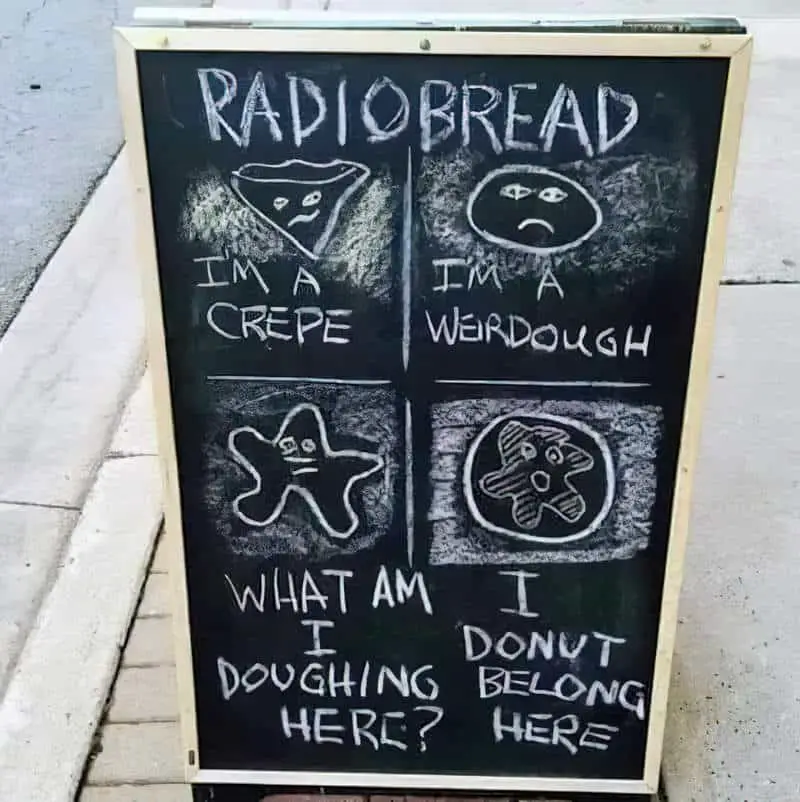
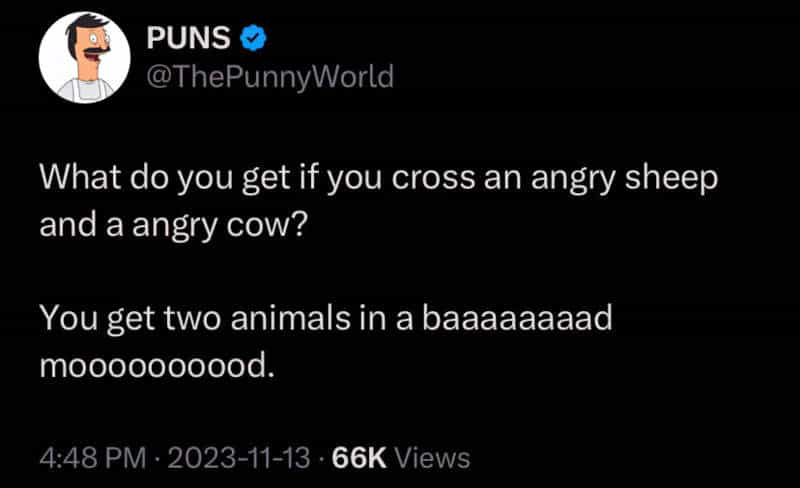
HOMOGRAPHIC PUNS
A homograph refers to two words with different meanings spelt the same way.
Last week I called someone a watering hole, but I meant well.
Accidentally buried someone alive. It was a grave mistake.
Why did the tomato blush? Because it saw the salad dressing.
Cf. antanaclasis
Polyptoton is repetition which changes syntax, but antanaclasis is repetition which changes meaning.
Cf. Chiasmus
Two or more clauses are related to each other through a reversal of structures in order to make a point.
I meant what I said, and I said what I meant.
Dr. Seuss, Horton Hatches the Egg
I am Sam, Sam I am.
Dr. Seuss, Green Eggs and Ham
VISUAL PUNS
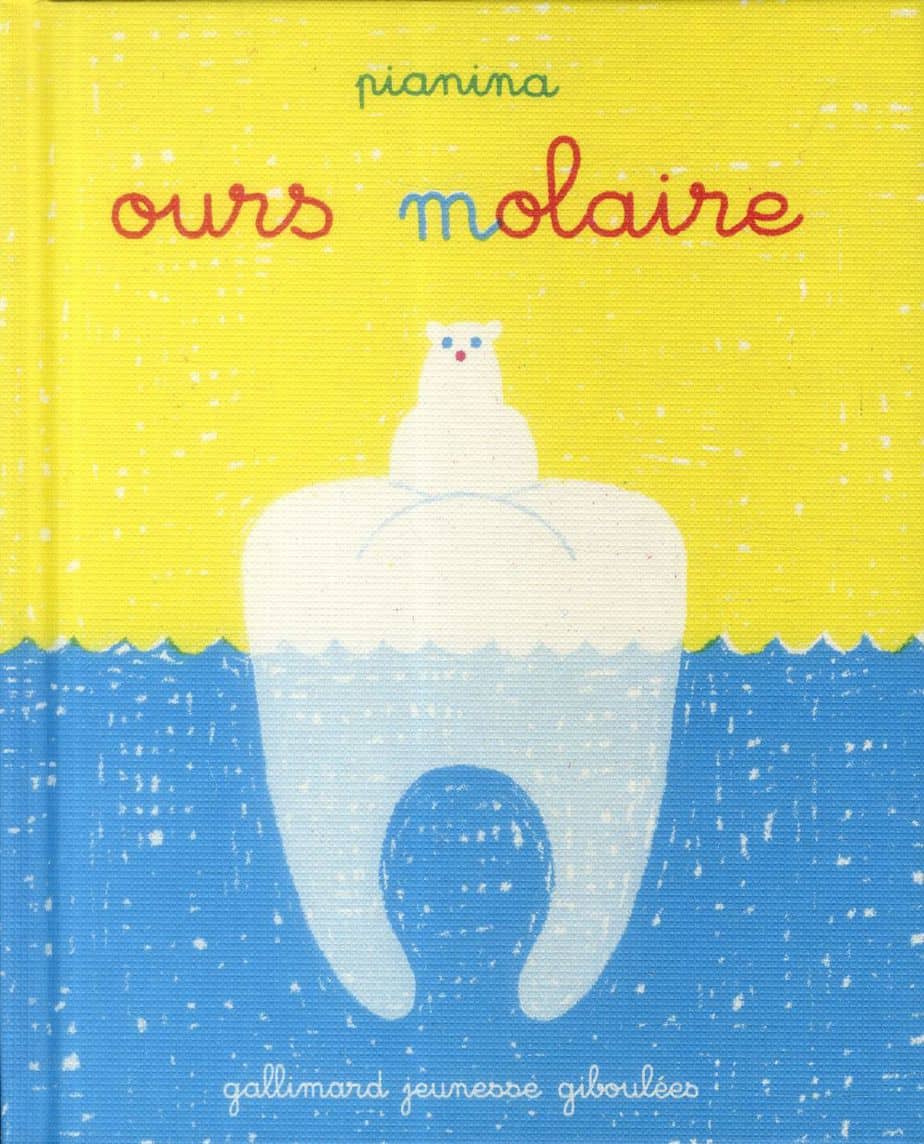
The molar bear, the crystal dung, the air flowing, so the words run or flow … A letter changes and everything is turned upside down.
DOUBLE ENTENDRE
What’s the difference between a pun and a double entendre?
Both puns and double entendres make use of intentional double meanings. Double entendres are not necessarily puns, though.
A double entendre can be a little more sophisticated than a pun, alluding to a second meaning which is not contained within the statement or phrase itself.
Unlike in a simple pun, the double entredre often purposefully disguises the second meaning.
In stories marketed at children, writers often include double entendre which are designed to go over the heads of young people not yet ready to hear them. Double entendre therefore creates a ‘dual audience’. This is important for, say, films, because the adult is required to sit with the child in a theatre. Others have collected the adult jokes in Pixar films.
Some children’s shows have found an equally enthusiastic adult audience, partly because of the double entendre jokes. SpongeBob Squarepants is full of them.
PARAPROSDOKIAN
I think of paraprosdokain as ‘subversion that works at a sentence level.’ This unexpected shift can also happen at the end of a stanza or a paragraph. In any kind of subversion, the audience has to rethink what’s come before. At a ‘story level’, this is known as a reversal. (A technique thriller writers love.)
Sometimes, paraprosdokian is created by starting off with a well-known phrase/idiom, then changing the ending.
“A fool and his money are soon parted” is a well-known phrase. Will Rogers subverted expectations by changing it to “A fool and his money are soon elected.”
Did you ever stop to think and forget to start again?
A.A. Milne
Paraprosdokian usually elicits a laugh. “Accidental” paraprosdokian can often come out of a Designated Stupid character, on the assumption that they don’t know the ‘correct’ saying which they’ve just butchered.
“a phrase (or sentence) which is conveniently used with a meaning different from its constructed literal meaning (if it has one). It is therefore considered ambiguous if there is a literal meaning. (Martin Davies’ definition.) The meaning can rarely be deduced from the individual words.

ZEUGMA
Zeugma is any case where a single mention of a word is treated as a part of more than one clause of a sentence. Dickens was very good at them, and The Posthumous Papers of the Pickwick Club is full of examples.
Mr. Pickwick took his hat and his leave.
Charles Dickens, The Pickwick Papers
She looked at the object with suspicion and a magnifying glass.
But, luckily, he kept his wits and his purple crayon.
Harold and the Purple Crayon by Crockett Johnson
Cf. SYLLEPSIS
Syllepsis is a subcategory of zeugma. A word is applied to two other words, but it grammatically suits only one. The speaker isn’t making a mistake; they are intentionally being creative with language, usually for humorous effect.
Syllepsis is a bit more difficult to get your brain around than zeugma, and you can often tell the difference simply by asking, Did I have to read that twice in order for it to make sense?
Here’s another example from Dickens, this time syllepsis rather than zeugma. It helps to know that a ‘sedan-chair’ is a type of ‘car’ with no wheels — humans are meant to carry you inside it.
Miss Bolo […] went straight home, in a flood of tears and a sedan-chair.
Charles Dickens, The Pickwick Papers
Syllepsis comes from Greek which means ‘a taking together’, so is a word that can describe aspects of visual language as well.
In picturebooks, syllepsis occurs when you see two or more parallel visual stories, either supported or unsupported by words. A fairly common example in picturebooks is when the pictures depict the lives of small creatures doing their own thing but who remain unmentioned in the main text. Mercer Meyer makes use of tiny creatures as stars of their own stories in his Little Critter books.
The plural of syllepsis is syllepses.
EGGCORNS
Eggcorns result from people mishearing or misinterpreting a word and using a similar one by mistake. If enough people keep making the same mistake, dictionaries eventually go ahead and change their entry to reflect how language is used, rather than how it ‘should’ be used (the preserve of style guides).
A common eggcorn is ‘tow the line‘ instead of ‘toe the line‘.
I always have to look up whether it’s ‘here, here!’ or ‘hear, hear!’
Real love is when somebody’s angling for a stupid fucking pun, and you know exactly what stupid fucking pun they have in mind, and you hate it like fire, but you put on a straight face and feed them the expected setup line anyway.
prokopetz on Tumblr
Header illustration: The Joke Book compiled by Oscar Weigle, illustrated by Bill & Bonnie Rutherford (1963) fun on the farm
